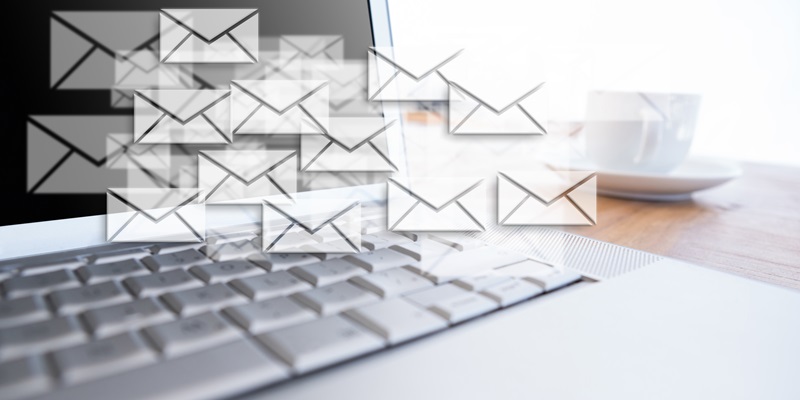The success of your cold email campaign relies on a strong foundation: your email list. This article will guide you through the essential steps to create a high-quality list, personalize your emails, craft attention-grabbing subject lines, add value, maintain conciseness, create effective calls to action, manage expectations, test and analyze, and respect unsubscribe and privacy requests. Let’s dive in!
Building a High-Quality Email List
To ensure that your cold emails reach the right people, it’s crucial to build a targeted list of prospects. Implement strategies like leveraging your network, utilizing social media platforms, attending events or webinars, and conducting industry research. Additionally, prioritize data accuracy and cleanliness by regularly updating and segmenting your list.
Personalization for Better Engagement
Generic emails often end up in the dreaded “spam” folder. Personalizing your cold emails increases the likelihood of them being read and considered. Gather relevant information about your recipients, such as their name, company, or recent achievements, and incorporate it into your messages. Ensure your emails demonstrate that you understand their unique challenges and goals.
Crafting an Attention-Grabbing Subject Line
The subject line acts as the gateway to your cold email, determining whether it gets opened or deleted. Craft compelling subject lines that pique curiosity, evoke emotion, or promise value. Strive for brevity while using power words, personalization, and numbers to grab attention and increase open rates.
Adding Value in Cold Emails
While it’s essential to advocate for your product or service, the focal point of your cold email should be on demonstrating the value you can provide to the recipient. Identify their pain points and offer tailored solutions, showcasing your expertise and relevance. Highlight case studies, testimonials, or engaging content to bolster your credibility.
Keeping Cold Emails Concise
In the fast-paced world of email, brevity is key. Long-winded cold emails are often skimmed or ignored. Keep your message concise, addressing the recipient’s pain points upfront. Use short paragraphs, bullet points, and clear, easy-to-read language. Make every word count.
An Effective Call to Action (CTA)
To drive action, your cold email should feature a clear and compelling call to action (CTA). Whether it’s scheduling a call, downloading a resource, or watching a video, the CTA should be specific, actionable, and tailored to the recipient’s needs. Use a sense of urgency or create a sense of exclusivity to encourage a response.
Patience in Cold Email Campaigns
It’s crucial to manage your expectations when it comes to response rates. Understand that not every recipient will engage or convert immediately. Don’t get discouraged by non-responses or rejections. Stay persistent, follow up strategically, and focus on building genuine connections rather than solely aiming for quick wins.
Testing and Analyzing for Improvement
Continuous improvement is the key to successful cold email marketing. Test different approaches, such as subject lines, personalization techniques, content variations, or send times. Analyze the results, tracking metrics like open rates, click-through rates, and conversions. Use this data to refine and optimize future campaigns.
Respecting Unsubscribes and Privacy
Ethical considerations play an essential role in email marketing. Respect unsubscribe requests promptly and ensure compliance with privacy regulations, such as the General Data Protection Regulation (GDPR) or the CAN-SPAM Act. Build trust by maintaining the privacy and confidentiality of your recipients’ information.
Mastering the art of cold email campaigns requires a systematic approach. By building a high-quality list, personalizing your emails, crafting compelling subject lines, providing value, keeping messages concise, including effective CTAs, practicing patience, testing and analyzing, and prioritizing privacy, you are well on your way to running successful and ethical cold email campaigns. Remember, persistence and continuous improvement will be key drivers of your success. Good luck!

